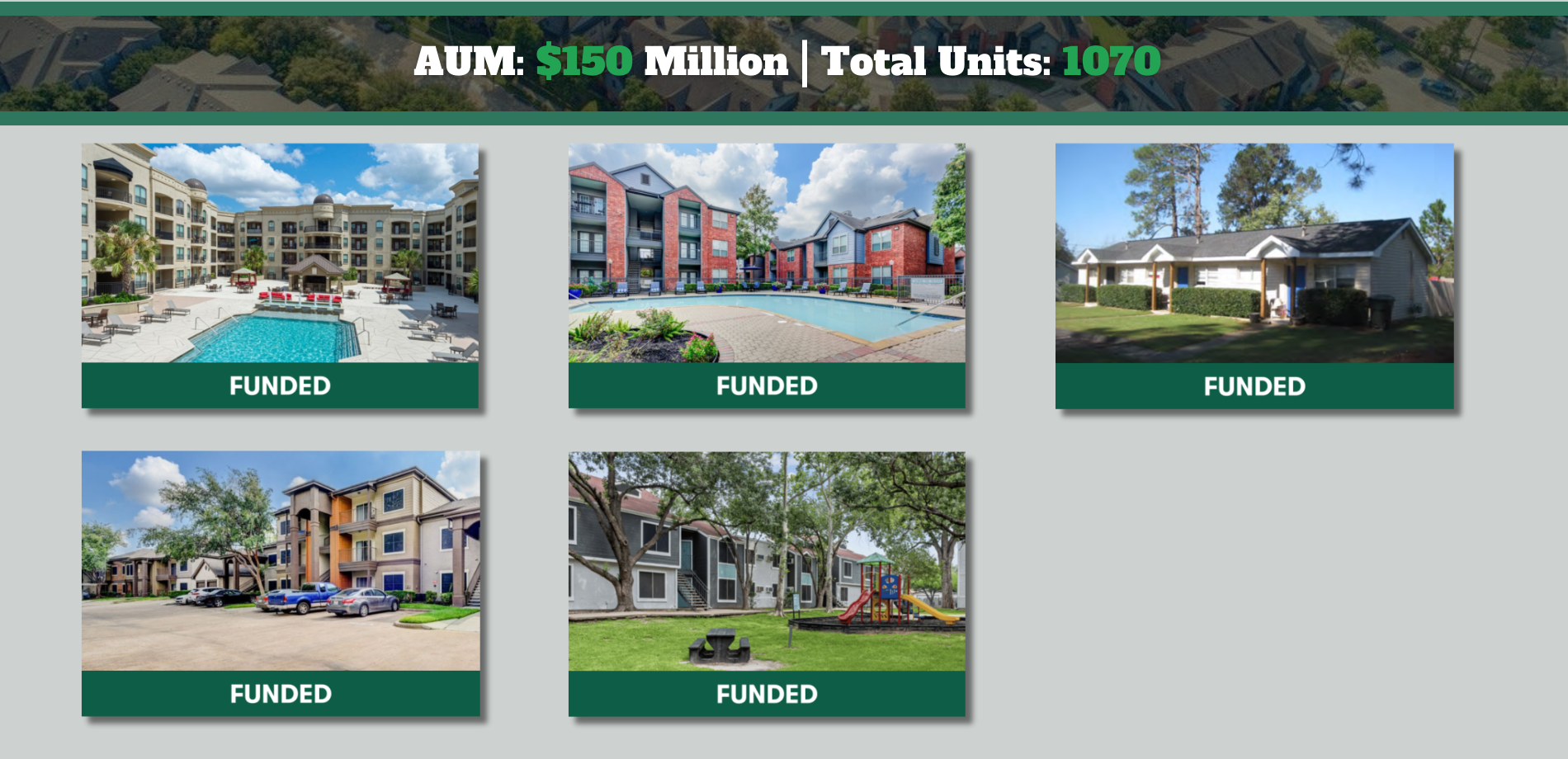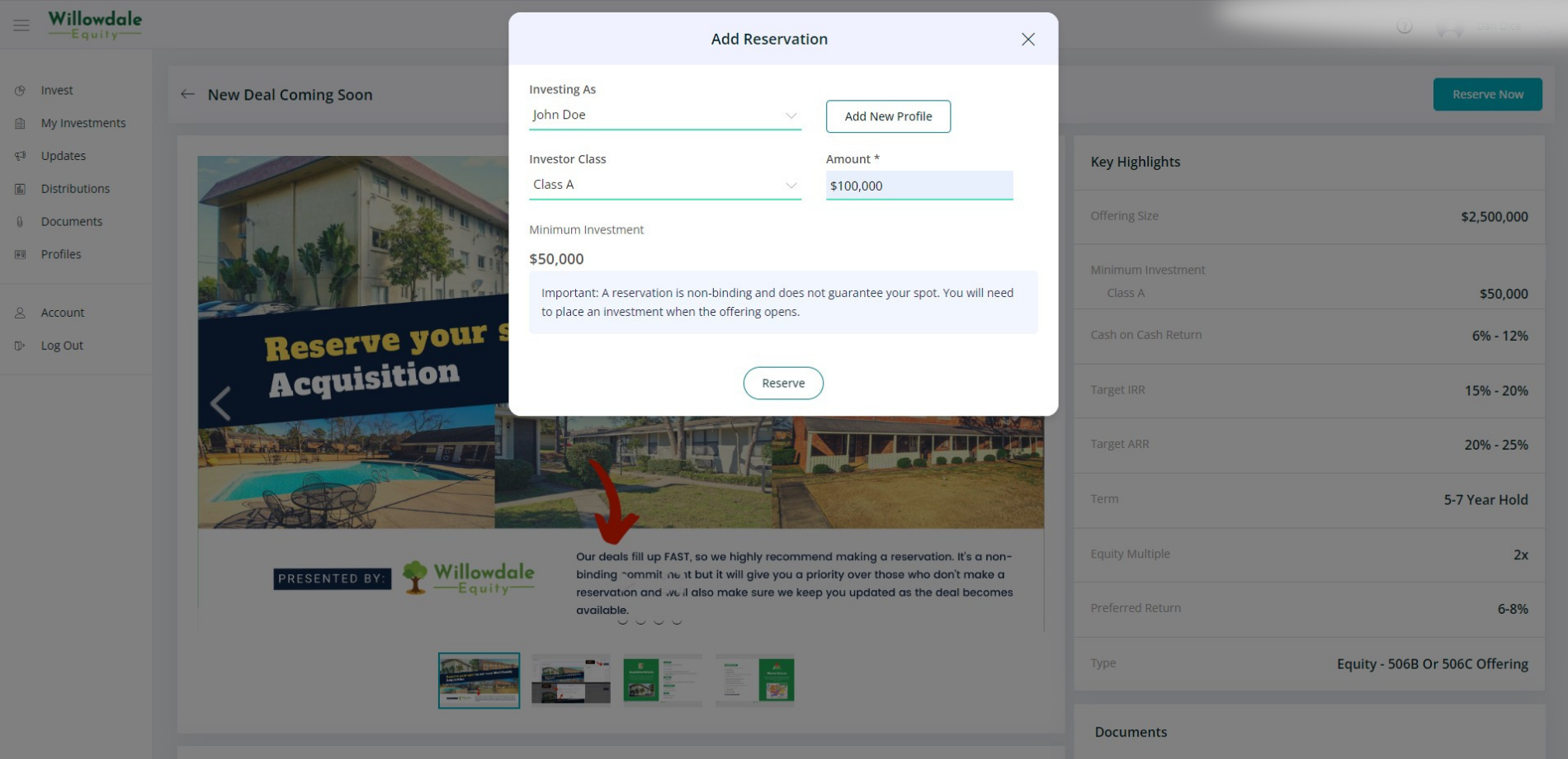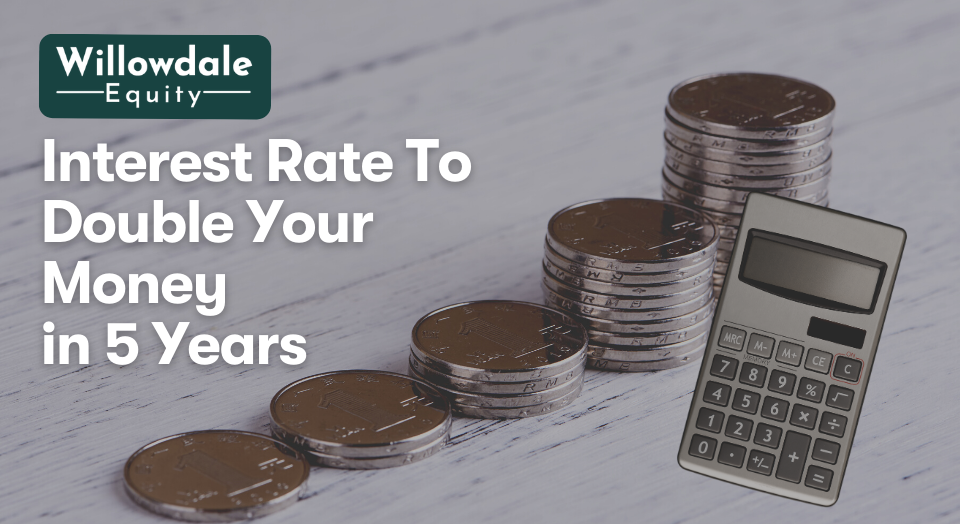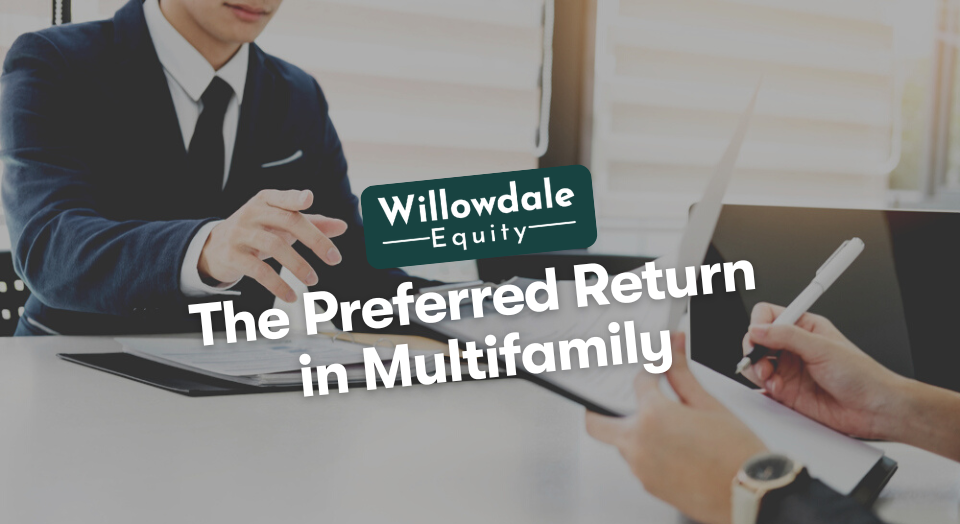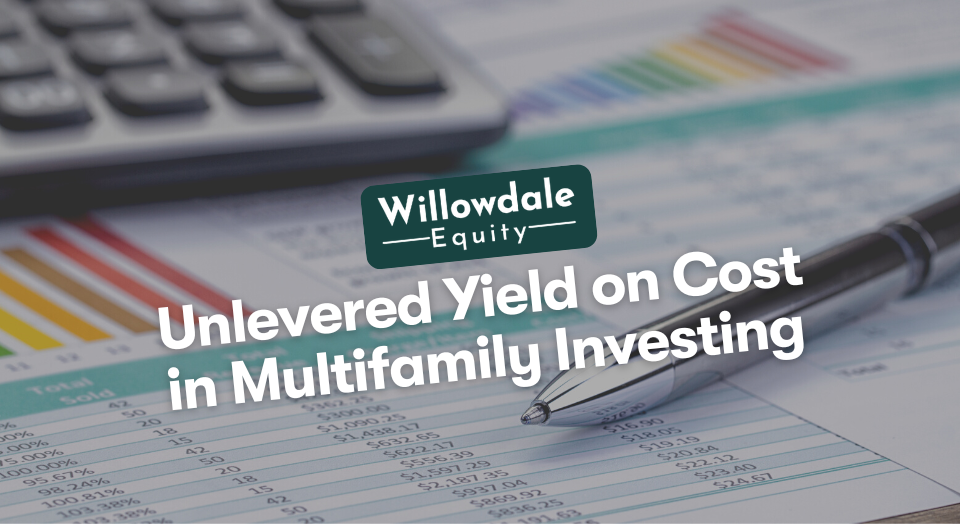
Unlevered Yield on Cost in Private Multifamily Real Estate Investing
This article is part of our guide on what a good IRR is for multifamily, available here.
Leverage is an investor’s best friend in commercial real estate. Unlike stocks and bonds, you can safely apply proper leverage to real estate. However, just because leverage is available doesn’t mean using it is always a good idea. When calculating the financial viability of a project, it’s essential to understand what would happen without leverage.
If the property isn’t a good real estate investment without leverage, then adding it certainly won’t help. One metric that helps determine whether or not an investment is good without financing is a property’s unlevered yield on cost.
Key Takeaways
-
In real estate, unlevered yield on cost is calculated by dividing a property’s net annual income by dividing it by its total cost.
-
It’s essential to understand if the deal is a good investment, whether or not the bank materially participates.
What is Unlevered Yield on Cost in Real Estate
In real estate, unlevered yield on cost is calculated by dividing a property’s annual net operating income (NOI) by dividing it by its total cost. This calculation is done as if you purchased the property all cash; it doesn’t take only the down payment into account.
UYOC= NOI/Project Total Cost
This calculation is done as if you purchased the property all cash; it doesn’t take only the down payment into account.
Why Would We Look at Unlevered Yield on Cost (UYOC)?
So why would an real estate investor look at this metric if they intend to use debt to acquire the property? While leverage is one of real estate investing’s most significant advantages compared to other asset classes, it poses a considerable risk if abused. Investment banks won’t always underwrite the deal the same way an investor would. It’s essential to show that a property will do well without additional leverage.
Even if you can demonstrate that a property will generate a safe return for the bank, that bank won’t always agree to fund your deal. This is when it’s essential to show that the deal is a good investment, whether or not the bank materially participates.
Let’s say an investor is looking at participating in a private multifamily investment. They see that the property’s projected cash-on-cash return is 13% which is very high. However, the property’s stabilized cap rate is only 4% without financing. How is that possible?
It could be a multitude of variables; the general reason is that the deal is leveraging debt to acquire it, which means that the deal can close with this capital out of pocket from investors, producing a higher return on that capital. Another reason might be that the sponsor was able to secure interest-only debt, allowing them to cashflow much more significantly without having to pay the principal.
So looking at the deal without debt assumptions allows you to get an unobstructed view of the deal’s cash flow and its ability to perform.
An Example of Unlevered Yield on Cost in Action
Let’s say we acquire a 50-unit multifamily property for a purchase price of $4,500,000 with plans to execute a construction budget of $400,000 in interior and exterior improvements.
Let’s also say that the property post-renovation will be at a stabilized net operating income of $330,000 a year, up from its post-purchase net operating income of $225,000. This means we would have a 6.7% unlevered yield on cost ($330,000/$4,900,000).
Check out our Real Estate IRR Calculator, Here.
Untrended Yield on Cost
After you finish the renovation without growth, what is the cap rate that you can get to vs. your cap rate today?
Untrended yield on cost is a property’s return after purchasing costs and renovation expenses. It’s essential to see how much a property’s cap rate will increase after improvements. This calculation is also made as if the property isn’t financed.
Frequently Asked Questions About Unlevered Yield on Cost
The trended yield on cost is a property’s yield with financing and growth projections.
Untrended yield looks at a property’s return without financing and without considering major growth assumptions due to market trends.
Unlevered Yield on Cost in Private Real Estate Investing - Conclusion
Now that you have a better understanding of unlevered yield on cost, you’ll be better able to analyze deals with and without financing.
While fellow investors might be interested in a deal with great return metrics, you’ll be able to spot problem buildings by analyzing what it would return without financing; you’ll be able to spot problem buildings. This is why it’s best to work with other investors. Joining the investor club here at Willowdale Equity will give you access to our private resources and our private value-add multifamily investment opportunities.
The Willowdale Equity Investment Club is a private group of investors that are looking to passively grow their capital and share in all the tax benefits through multifamily real estate investments.
